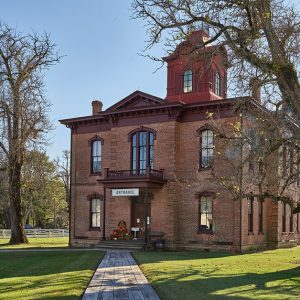 1874 Courthouse
1874 Courthouse
Entry Category: State Parks
 1874 Courthouse
1874 Courthouse
 AP&L Shop
AP&L Shop
Arkansas Museum of Natural Resources
Arkansas Post Museum
 Blacksmith Shop
Blacksmith Shop
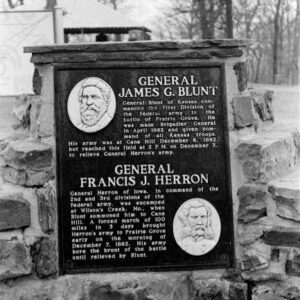 Blunt-Herron Monument
Blunt-Herron Monument
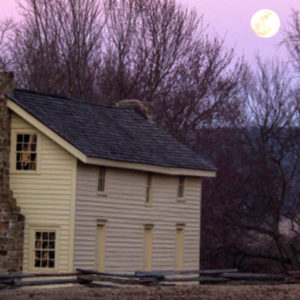 Borden House
Borden House
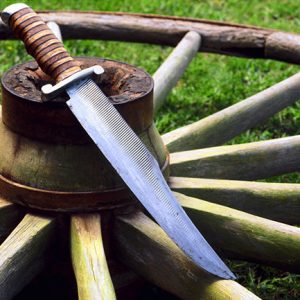 Bowie Knife
Bowie Knife
Bull Shoals-White River State Park
 Button Display
Button Display
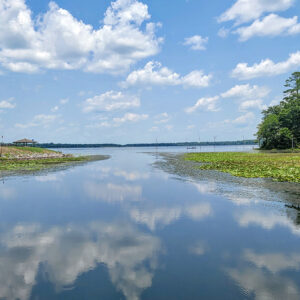 Cane Creek Lake
Cane Creek Lake
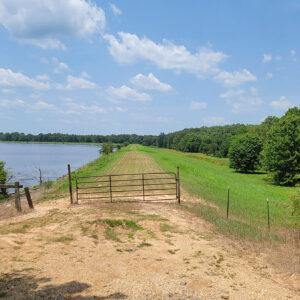 Cane Creek Levee
Cane Creek Levee
Cane Creek State Park
 Cane Creek State Park
Cane Creek State Park
 Cane Creek Visitor Center
Cane Creek Visitor Center
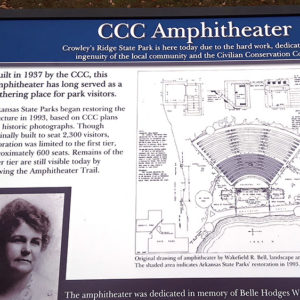 CCC Amphitheater
CCC Amphitheater
 CCC Amphitheater Memorial
CCC Amphitheater Memorial
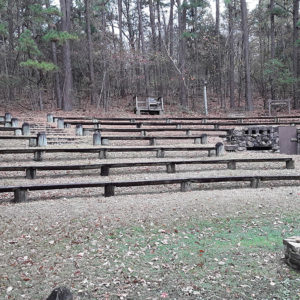 CCC Amphitheater Seating
CCC Amphitheater Seating
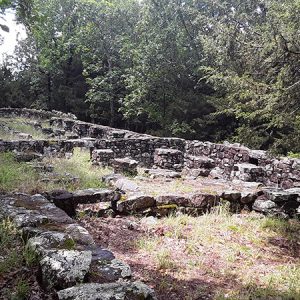 CCC Lodge
CCC Lodge
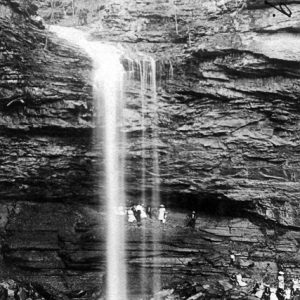 Cedar Falls
Cedar Falls
Conway Cemetery State Park
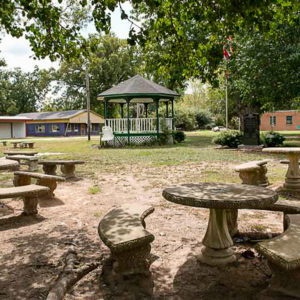 Conway Cemetery State Park
Conway Cemetery State Park
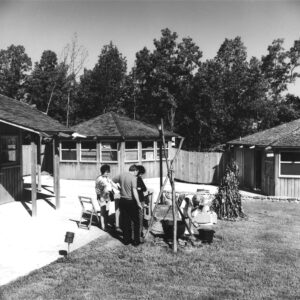 Cooking Demonstration
Cooking Demonstration
 Cossatot River State Park
Cossatot River State Park
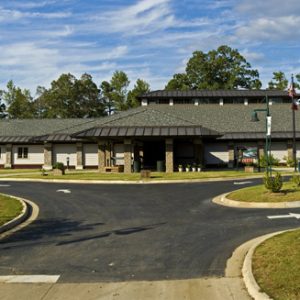 Cossatot Visitors Center
Cossatot Visitors Center
Cossatot River State Park-Natural Area
Crater of Diamonds State Park
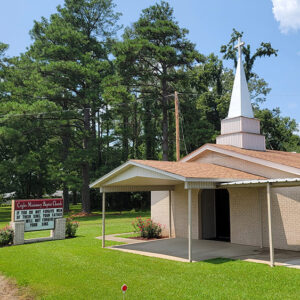 Crigler Church
Crigler Church
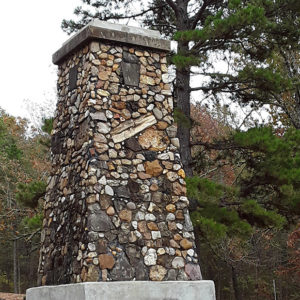 Crowley Monument
Crowley Monument
Crowley’s Ridge State Park
Daisy State Park
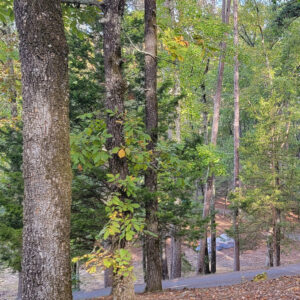 Daisy State Park Camping
Daisy State Park Camping
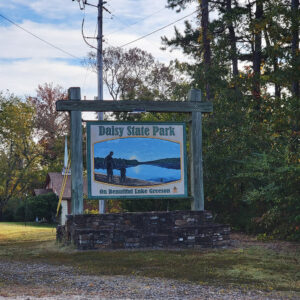 Daisy State Park Entrance
Daisy State Park Entrance
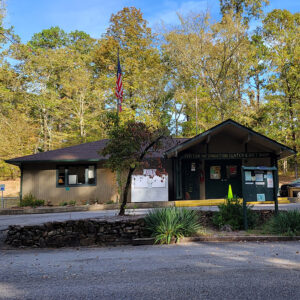 Daisy State Park Info Center
Daisy State Park Info Center
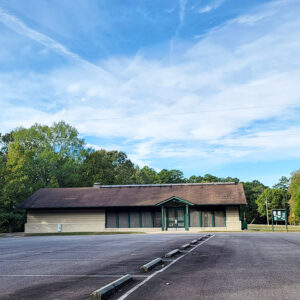 Daisy State Park Pavilion
Daisy State Park Pavilion
 Daisy State Park Playground
Daisy State Park Playground
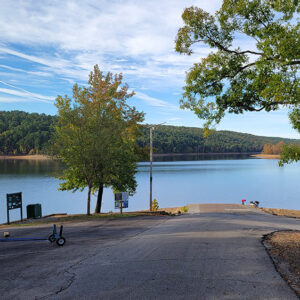 Daisy State Park Ramp
Daisy State Park Ramp
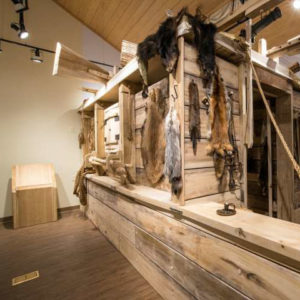 Davidsonville Exhibit
Davidsonville Exhibit
Davidsonville Historic State Park
 Davidsonville Park Ghost Structure
Davidsonville Park Ghost Structure
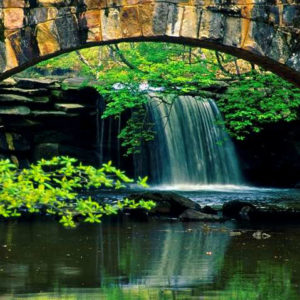 Davies Bridge at Petit Jean
Davies Bridge at Petit Jean
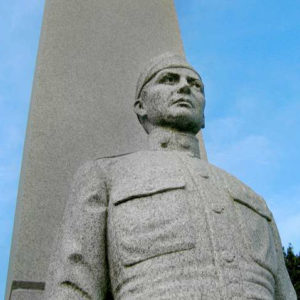 Herman Davis Statue
Herman Davis Statue
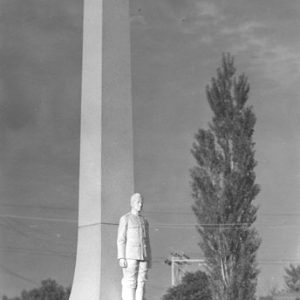 Herman Davis Monument
Herman Davis Monument
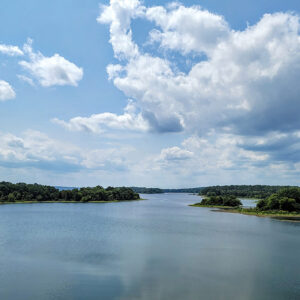 DeGray Lake
DeGray Lake
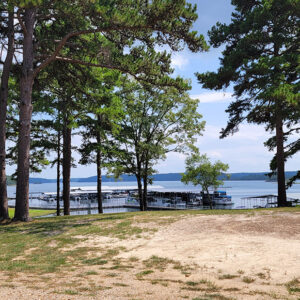 DeGray Lake Dock
DeGray Lake Dock
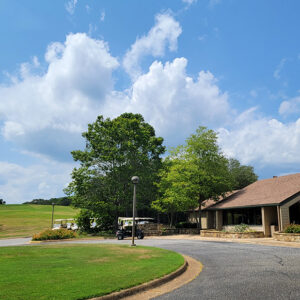 DeGray Lake Golf
DeGray Lake Golf
DeGray Lake Resort State Park
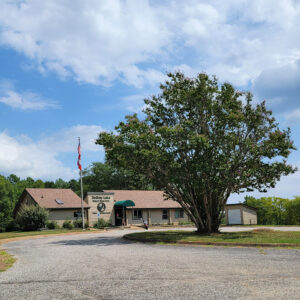 DeGray Lake Visitor Center
DeGray Lake Visitor Center
Delta Heritage Trail State Park
 Devil's Den Cave
Devil's Den Cave




